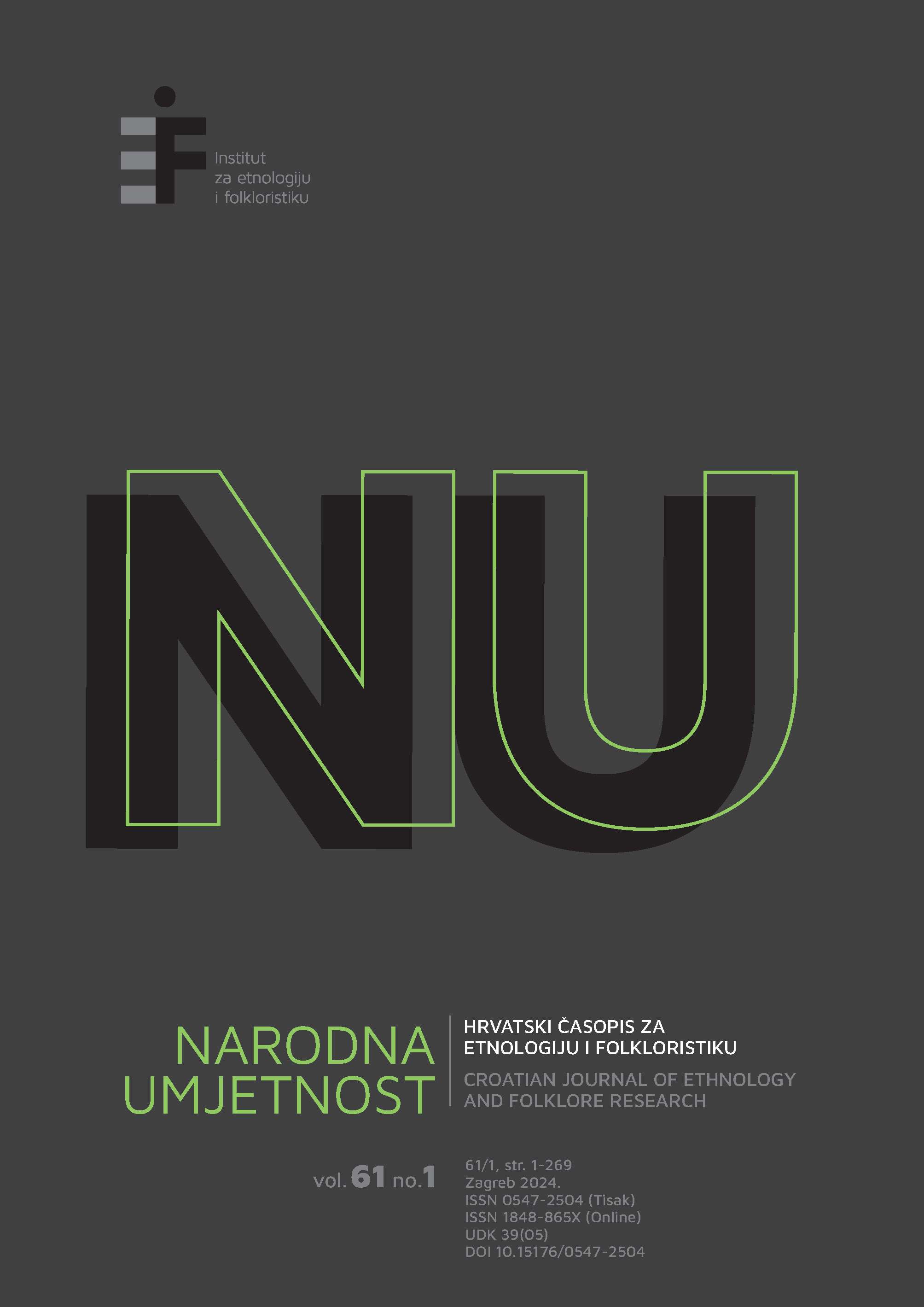The Perception of the “Migrant Threat” in Croatian Gorski Kotar by the Locals and Migrants through the Prism of Visibility and Invisibility
Sažetak
Focused on the aftermath of the so-called migrant crisis of 2014 in the Croatian region of Gorski Kotar, this paper presents an analysis of the processes involved in constructing the idea of the “migrant threat” both among the locals whose settlements, towns and villages lie on the path of the people on the move, as well as among the migrants themselves traversing that area. More specifically, we analyze juxtaposed perceptions of threat. For the locals, the threat seems to stem from the visibility of migrants (their presence in a sparsely populated region) layered with the perception of their own invisibility as a result of economic and infrastructural disregard by the state, as well as of the lack of greater military activities at the border. For the migrants, the threat comes from the possibly highly dangerous visibility enforced by different kinds of surveillance technologies, making them vulnerable to documented strategies of expulsion. The paper employs ethnographic fieldwork and a visual analysis of migrant self-representation online to underline the importance of studying migration from an integrated point of view which includes both local and migrant visual and narrative articulation of the same (border) space between the Schengen area and “the other space”. Based on interviews, a review of the socio-political, economic, and cultural aspects of migration today, and a visual analysis of migrant self-representation practices, we show that different spheres of migration (in)visibility cannot be separated.
Keywords: migration, self-representation, visual analysis, Balkan corridor, migrant ethnography

